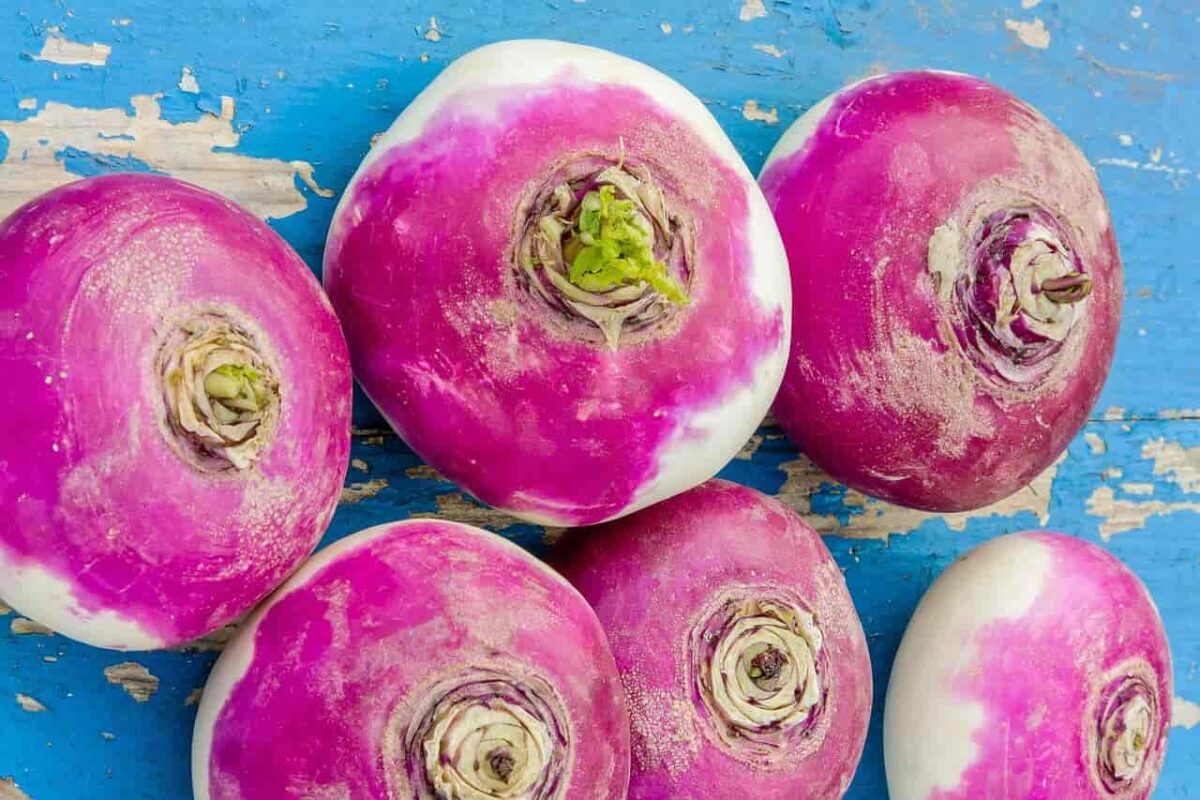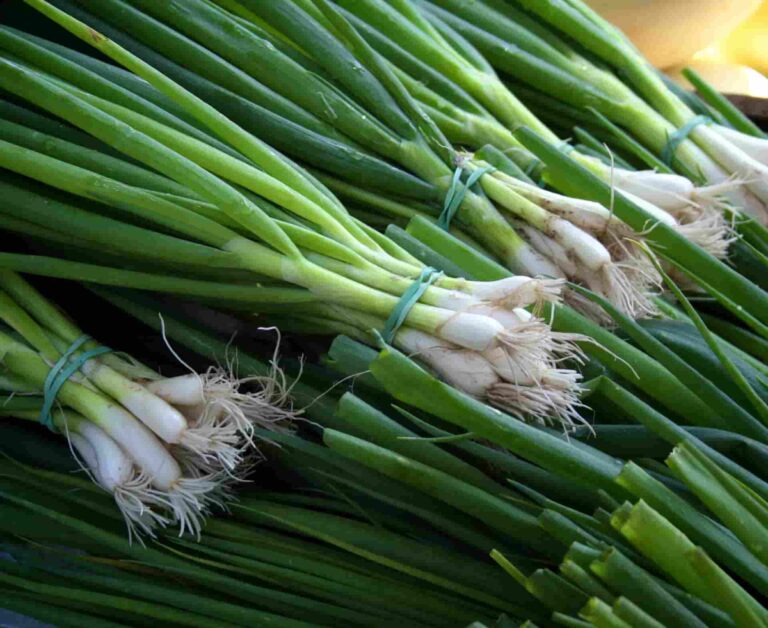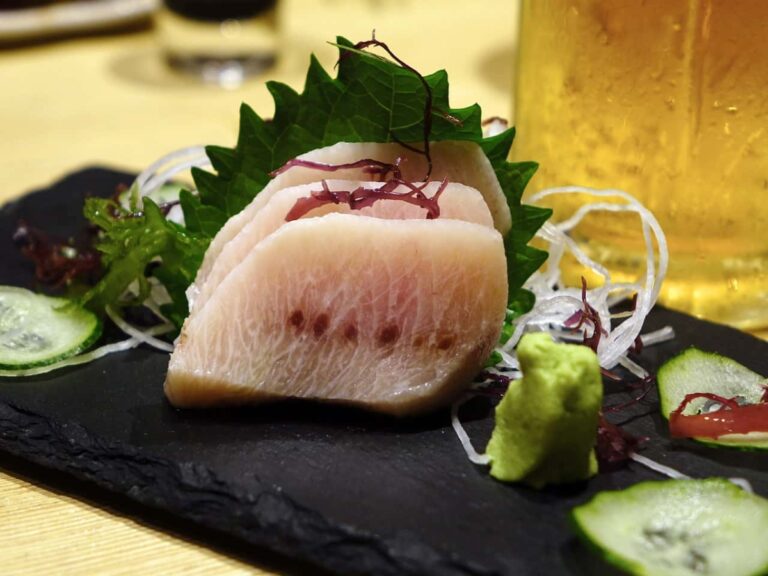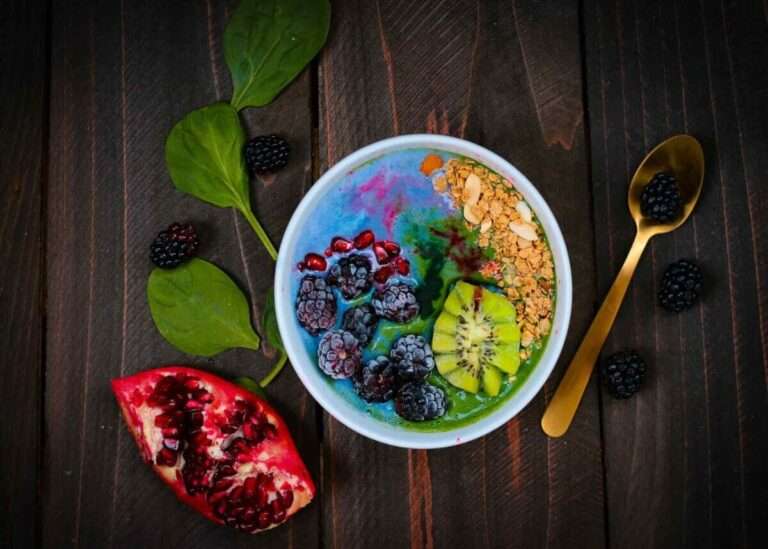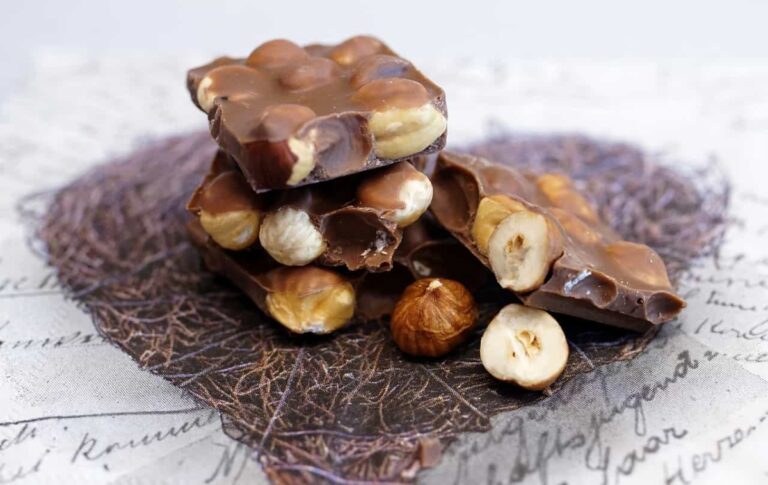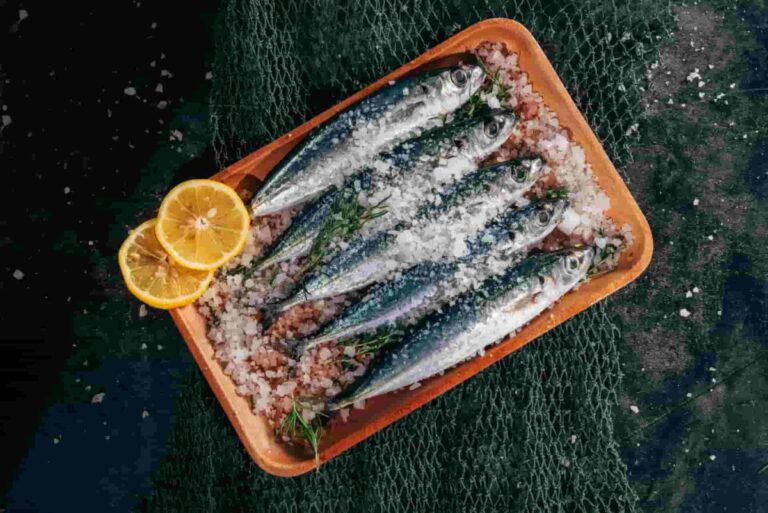32 free turnip kitchen insights and benefits
Did you ever hear that turnips were considered to be one of the most important sources of nourishment in ancient Greece and Rome?
- In his works, Pliny the Elder indicates that he regarded the turnip as one of the most important vegetables of his day. He believed that it was beneficial to human health. He points out that the turnip “should be spoken of immediately after corn, or the bean at all events; for next to these two productions, there is no plant that is of more extensive use.” It was the turnip that Roman people chose to use as a weapon whenever they wished to express their disdain for public authorities who were not to their liking.
- When it came to carving their Jack-o’-lanterns, the Irish used turnips rather than pumpkins. Upon arriving in the United States, they altered the custom in order to make use of pumpkins, which were more easily accessible at the time.
- The young turnips that are planted in the spring are the ones that are sold at the farmers market throughout the summer. Baby turnips are ideal for eating raw, roasting, or placing in salads in the same manner as radishes as compared to their bigger counterparts since they are sweeter and more mild in flavour. Once they have reached full maturity, the months of November and December are the best time to harvest turnips. Due to their ability to store well, they continue to be abundant long into the winter, when not much else is growing.
- Make sure to peel turnips thoroughly before cooking them if you find that the occasionally bitter flavour of turnips is off-putting to you. Approximately a quarter of an inch inside the root of a turnip, you will see a yellow line when you cut it in half. By peeling the turnips beyond that line, you may avoid producing a batch of turnips that are bitter. There are also many who believe that cooking turnips with a potato may lessen the bitterness of the turnips.
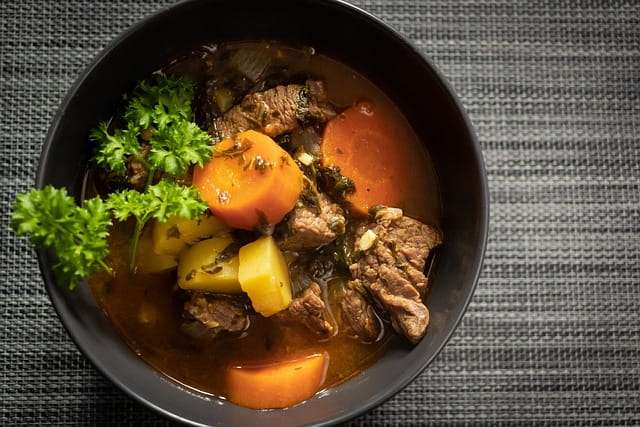
Turnip nutrition values and health benefits
- Turnips are a good source of vitamin C since they contain 18 mg, which is about twenty percent of the daily required amount. In addition, you will get trace amounts of many other minerals, such as potassium, manganese, calcium, and vitamin B6. Incorporating turnips into your diet may have a number of health advantages, including the prevention of illness and the control of your weight in a healthy manner.
- In one of their studies, the researchers identified a number of meals that they consider to be powerhouse fruits and vegetables. These are foods that, according to the authors of the research, have a direct and significant association with a lower risk of developing chronic diseases. These meals include greater concentrations of nutrients that are readily accessible to the body, including vitamin C. The list of vegetables that are considered to be powerhouses includes both turnips and turnip greens, which are the top leafy component of the turnip. However, the greens obtained a higher ranking than the bulb.
- Additionally, the vitamin C found in turnips confers specific advantages on other cells throughout the body due to its presence. In the body, vitamin C performs the function of an antioxidant. Antioxidants are believed to protect against oxidative stress, which can result from exposure to free radicals in the environment (like cigarette smoke) or from free radicals produced by the body itself. Consuming antioxidants in the form of meals like fruits and vegetables, as opposed to taking antioxidant supplements, is what the experts suggest we do.
- Studies have shown that an increase in the intake of foods that are high in fibre, particularly fruits and vegetables, is associated with a reduction in the incidence of cardiovascular disease. Turnips contain a significant amount of fibre, which may be beneficial to the health of the heart.
- In the event that you are trying to lose weight or maintain your current weight, turnips, which have just 34 calories per one cup serving, might be an excellent addition to your diet. It is possible to satisfy the necessary daily intake of 28 g of fibre by consuming turnips, which contain 3.1 g of fibre. It is the indigestible component of carbohydrates that is known as fibre. When you consume foods that are rich in fibre, you will feel fuller for a longer period of time after eating.
- Glucosinolates are phytonutrients that are believed to be beneficial in protecting our systems from some forms of cancer. Cruciferous vegetables, such as turnips, are also rich in glucosinolates. Other qualities that gluconates possess include antibacterial and anti-inflammatory effects. There is evidence from human studies that cruciferous vegetables provide protection against cancer, particularly breast cancer.
- Both turnips and turnip greens have been the subject of published instances of allergic reactions, but these reactions are not very prevalent. Seek the guidance of your healthcare practitioner if you have any reason to believe that you may be allergic to turnips.
- Turnips are not known to have any interactions with any drugs that are currently in use. On the other hand, turnip greens are well-known for their high vitamin K content. Before including turnip greens into their diet, those who are currently on warfarin should consult with their healthcare physician. Those who are taking these drugs should be sure to maintain a consistent dose of vitamin K from day to day.
100g of turnips has 28 calories (117 kJ), 0.9g of protein, 0.1g of fat, and 6g of carbs, including 1.8g of fibre.
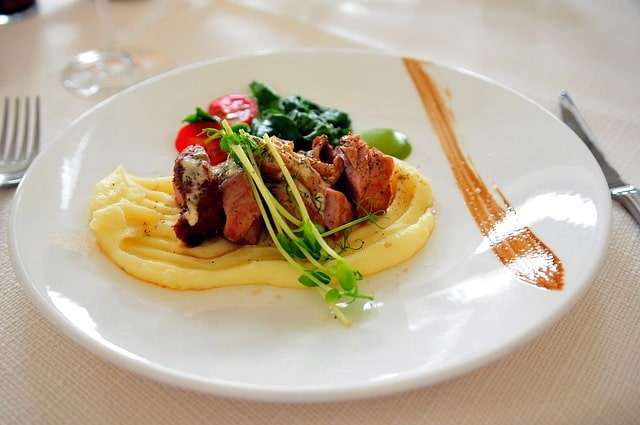
How to store turnip and how to buy them
- If you are going to purchase turnips, it is advisable to choose the ones that are of the freshest and finest quality. In addition to having broken leaves and crushed roots, turnips will not keep for very long and will rot very quickly. The first step is to put them to use if you have already acquired them.
- You may store turnips at room temperature for a considerable amount of time, despite the fact that they have a rather limited shelf life. If kept at room temperature, they may remain viable for many days. It is best to keep turnips at room temperature if you have acquired them and are certain that you will be able to use them within a few days. A vegetable basket is the best place to store turnips; however, you may also store them in the pantry or on the countertop of the kitchen.
- Refrigerators are the only places that are suitable for storing fruits and vegetables. If you store your fruits and vegetables in the refrigerator, they will remain fresh for a longer period of time. It is possible to extend the shelf life of turnips by storing them in the refrigerator. If you won’t be using the turnips within a week, be sure to store them in the refrigerator.
- If you have a large quantity of turnips that have been sitting in your refrigerator for a week and you are not going to use them right away, you should put them in the freezer rather than using them immediately.
- You may keep turnips in the refrigerator for up to four to five months before they go bad if you store them properly and under the correct conditions. It is possible to keep turnips in the refrigerator, which makes the preparation process more easy and speedy. Due to the fact that you do not have the time to defrost and thaw frozen turnips (as many of us do not like our turnips frozen), you do not appreciate frozen turnips as much as I do. You may save yourself some time by storing frozen turnips in the refrigerator if you do not like them frozen.
- If kept properly and under the appropriate conditions, turnips may maintain their flavour and freshness in the freezer for nine to ten months before expiring. The freezing of turnips makes everything more accessible, including the conservation of time, energy, and resources. It is possible to eliminate the need to go food shopping in the near future by storing turnips in the freezer. Additionally, it makes things simpler for those who have a packed agenda and do not have the time to go grocery shopping for turnips.
- If they are stored properly and under the appropriate conditions, turnips may be maintained on the counter for two to three weeks before they reach the point when they become spoiled. In situations where you do not have sufficient space in your refrigerator or freezer but have a large quantity of turnips, you may keep them on the counter and subsequently put them in the refrigerator or freezer for a longer period of time.
- It is possible to detect if turnips are still edible or whether they should be thrown away using a variety of methods. In the same way that many other crops deteriorate with age and bad storage, turnips do as well. You may easily detect whether a turnip has gone rotten by looking at the following signs:
- In the event that those turnips start to alter their appearance, particularly in the case of turnip discoloration (not appearing as fresh as they used to), they are incorrect if they have a mouldy appearance. It is imperative that you dispose of them immediately if the colour shifts or deteriorates from its initial form.
- Take a whiff of the turnips; do not ingest them if they have an odour that is offensive to the senses. If they have a smell that is different from the typical fresh aroma, you should get rid of them. You should immediately throw away any turnips that have an odour that is offensive.
- In the event that the texture is no longer firm when gripped or if they become too moist, you should touch, grasp, and feel this lovely vegetable. The feel of a turnip that is spongy and stringy is indicative of a poor-quality turnip. If you want to replace them, you should get some fresh ones from the store or the farmer’s market.
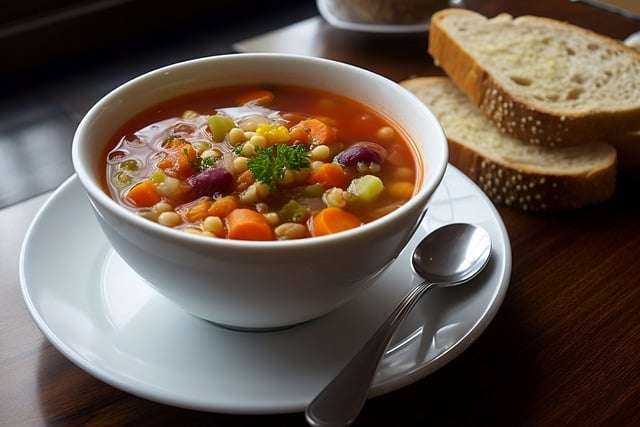
Cooking techniques, secrets, and tips from the kitchen
- To prepare turnips for use, wash them in cold water, cut the top and bottom, and peel them if more peeling is required. Turnips that are still young do not need peeling, but turnips that are on the older side will have rough skin that should be removed. Turnips need a longer cooking time than carrots; when boiling, allow them to simmer for ten to fifteen minutes, and somewhat longer when steaming.
- When consumed raw, the Tokyo turnip has a flavour that is crisp, juicy, and bittersweet. It is a little turnip that is about the size of a radish. When steamed, it has a delicacy and a buttery sweetness. During the early spring, you will be able to discover the Tokyo turnip. In the event that you do not look carefully enough, you can get the impression that it is a white radish.
- To remove any grit or sand from the turnips, wash them well under running water or soak them until they are completely clean by soaking them. It is not necessary to remove the greens; in fact, you may use them as a bed for steaming the vegetables. Spread the turnips with the greens attached on a steamer rack over boiling water, cover, and simmer for around three to six minutes, depending on the size of the turnips, as long as they are just barely soft. (If you want the turnips to steam evenly, use turnips of the same size.)
- After the turnips and greens have reached the desired tenderness, arrange them on a kitchen towel to drain, and then serve them with a side dish of salt, butter, pepper, or all three. Whatever kind of turnip you choose, steaming it will bring out its full flavour.
- Other preparation methods for Tokyo turnips include roasting, sautéing, pickling, and boiling them in soups. To serve them with poached or grilled whole fish or roasted meat, you may use them as a garnish or serve them on their own.
- Raw Tokyo turnips are delicious when served with a vegetable dip, or you can combine them with a salad by slicing them or incorporating them whole.
- It has been known for a long time that the Gold Ball Turnip has a flavour that is somewhat sweet and smooth, with an aftertaste of almond.
- It is possible to shred raw turnips, combine them with cabbage and carrots, and then serve them with a vinaigrette that is full of mustard. You may use young turnips as a replacement for radishes by slicing them raw and adding them to salads or serving them separately.
- There are two ways to serve turnips: steamed and boiled, with either butter or cream. If you want to increase the flavour of the water, you may add sugar to it. When boiling turnips, you should give them ten to fifteen minutes, and when steaming them, you should also give them a little bit more time.
- Gold-ball turnips are a great complement to carrots. The taste is of the highest calibre.
- In certain cases, turnip greens have a robust flavour. A boil, braise, sauté, steam, or stir-fry is the method of preparation that you should use before serving them. The intense flavour is subdued when it is cooked alongside other greens that are less intense. Cream, curry, duck, lamb, lemon, marjoram, onions, pig, potatoes, thyme, and vinegar are some of the foods that turnips are particularly fond of when it comes to flavour.
- This spicy vegetable, which belongs to the mustard family, might have a flavour that is a little bit harsh, but when you roast it, something happens to it. Roasting turnips brings out their natural sweetness and improves their texture, resulting in a vegetable that is soft and melts in your mouth. You may serve these simple roasted turnips with other roasted vegetables (the sweetness of carrots is a fantastic accompaniment), together with roasted meats, or even with a straightforward roasted chicken.

The history of turnip, from the beginning until today
- There is a theory that the cultivation of turnips for human food started in the northern regions of Europe. In both the Hellenistic and Roman empires, turnips played a vital role in the food of the people involved. The ancient Greek historian Pliny the Elder, who lived in the first century BCE, regarded them as one of the most important vegetables that were accessible at that time period.
- Approximately 700 years after the common era, the turnip found its way to Japan from the western region, and it eventually made its way to China.
- The turnip, despite all the praise it has earned over the last two millennia, has gone from being a popular meal in Roman times to being used as a cover crop and as fodder for animals. This is despite the fact that it has still received an abundance of praise. In addition to this, it developed into a key source of sustenance for those who were living in poverty, a cultural connotation that it continues to carry to this day.
- It is probable that turnips were eaten in large quantities owing to their accessibility and the fact that they need a cooler temperature in order to grow. This is despite the fact that turnips are not commonly known for their high calorie content. In fact, turnips were a frequent component of the diet of individuals associated with the working class prior to the introduction of potatoes from the New World.
- The history of the turnip plant demonstrates that for many decades, farmers in Europe used this plant as a source of food for their cows, pigs, and other animals, and that this practice continued for many generations. The use of turnip root as a source of nutrition for animals in the United Kingdom has become more common in recent years. A few months before winter, for instance, farmers would kill their cattle and pigs in order to save money on the price of hay storage during the rainy season. This practice was common prior to the 1700s.
- On the other hand, once it was found that turnips could be produced successfully as animal feed in gardens that were both cold and wet, farmers stopped using this strategy.
- One of the most interesting pieces of information is the possibility that the turnip root may be used in the production of a lantern. The Celtic people who lived in Ireland put turnips through a process that included draining them and then burning them with sticks in order to protect themselves from evil spirits.

